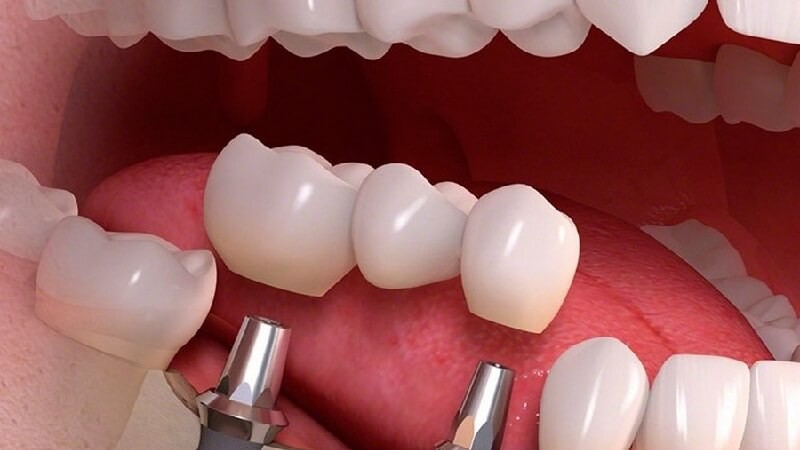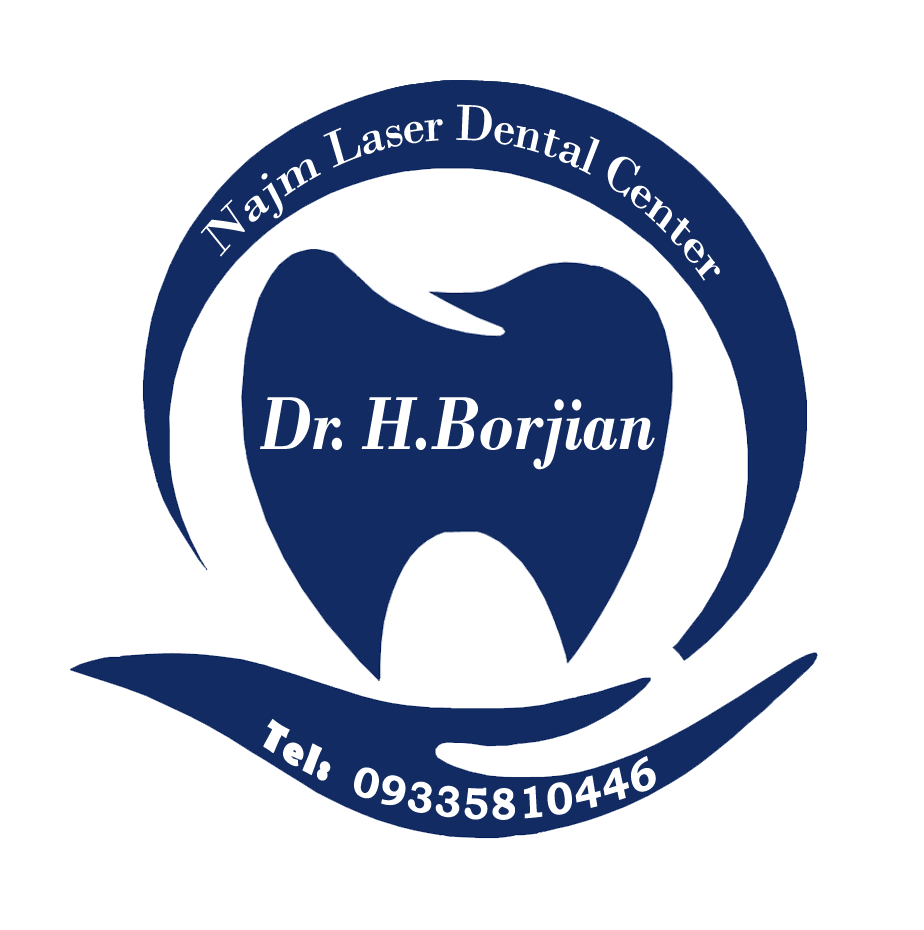Investigation of subprosthetal dental implant implantation
In this article from Dr. Hossein Borjian's website The best cosmetic dentist in Isfahan We examine subprosthetal dental implant implantation. Subprotestal implant is a new generation of implants and fixed prostheses. which is used in dentistry. The subperiosteal implant is mainly made of titanium so that it can play the role of natural teeth well in the field of rehabilitation of atrophic jaws with overdentures.. The rehabilitation process in the oral and dental sector takes place through two types of dental implants, which are known as subperiosteal and endosteal implants..
Most people in the society are familiar with endosteal implants, because these types of implants are most used in the field of restoration of lost teeth.. In the process of endosteal implants, fixtures are implanted in the jawbone. But in the subprosthetal implant, the prosthetic fixtures are placed under the gums and on the top of the jaw bone.. For this reason, they are often called implants “on the bone” they recognize.
Advantages of subprostate implant implantation
These type of overdenture loading implants are a solution for the rehabilitation of atrophic jaws, which are being manufactured according to the latest available technology.. Subperiosteal and endosteal prostheses have many advantages over classical bone grafting methods and various methods of internal implant implantation..
- Loading prostheses and fixtures in atrophic jaws is done in a single step and quickly.
- Perfect fit of the implant with atrophic jaws and other natural body parts
- A simple and quick auction along with reducing the risk of infection of various parts of the mouth and face
- A suitable replacement for broken or retracted endoscopic implants
- Short stay in medical centers along with spending a lower cost than other methods of prosthetics and implants
- Short treatment period

The importance of subperiosteal implants
If the patient who wants an implant has healthy jawbone and is thick enough, securing the denture is a very simple task.. A strong and healthy jawbone of the right size can hold titanium implanted pins and fixtures well in various positions.. These pins act as anchors for the main parts of implants, veneers or complete sets of prostheses..
Sometimes, the patient's jaw bone does not have enough density, thickness and even health to maintain the fixtures, such as people who have used artificial teeth for a few years.. On the other hand, the lack of teeth by itself can lead to the degeneration of the jaw bone. In this case, the dentist recommends that the patient use a subperiosteal implant.
These titanium prostheses actually do the same job as standard pins, while not requiring bone tissue to hold them in place.. The dentist may use bone grafting to create bone density, which in many cases, the jawbone, which looks perfectly healthy, is very porous on x-rays and scans.. Therefore, such a bone cannot hold a pin, fin or blade in any way, so a subperiosteal implant is considered the best solution for these patients..
Subprosthetic tooth implantation method
In other words, two surgeries are needed to make and place the subprotestal implant inside the patient's mouth. These implants must be custom made to match the jawbone, teeth size, etc… match the specific person. In the first step, the oral surgeon opens the gum tissue with the help of a scalpel to reach the jawbone.. Then, the attachment point and the position of the abutments that hold the bridges, the bone impression is removed.
The Instagram page of Dr. Hossein Borjian, the best cosmetic dentist in Isfahan
These fixed dental prostheses, which look like screws, cylinders or blades, which in the next step, to embed them in the patient's mouth, the oral surgeon uses local anesthesia.. After anesthetizing a part of the mouth, the doctor places the parts that are supposed to act as tooth roots inside the gums.. The implant then remains in the mouth for about three to six months until ossification occurs and the titanium adheres to your bone.. So it makes a solid base for creating artificial teeth.
In the third step, the gum tissue is sutured to the back of the implant frame, with the exception of the anchor pieces called permucosal extensions that protrude from the gum.. Finally, the surgeon places a temporary bridge over the extension, allowing the oral tissue to heal slightly where the stitches and incisions have been made.. Finally, a bridge that matches the natural teeth is attached to the extensions after the gums have healed.. With the increasing popularity of oral implants, technologies and research have helped to create different types of oral implants.. Some of which can be installed without the usual limitations of traditional endosteal options.
Attention :
- The scientific accuracy of the above material should be consulted with the patient in person with Mr. Dr. Berjian, Mastership Gum and bone grafting be confirmed.
- This article was managed and published by the site admin.
Read more :
Tips for doing dental lamination
Dental implant molding steps in the open method
Blood pressure and dental treatments




Shahrazad
I had three sub-prost implant units, I am satisfied with its quality and I have not had any problems. This type of implant was recommended by a cosmetic dentist.
Clinic 24
Wishing you health and thank you for your trust